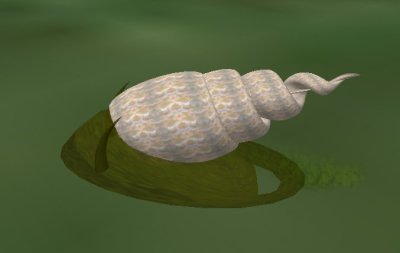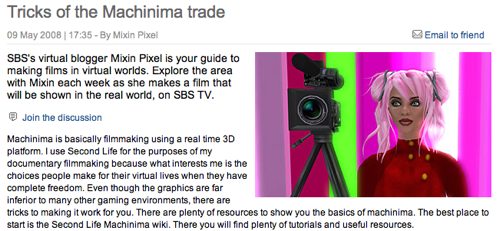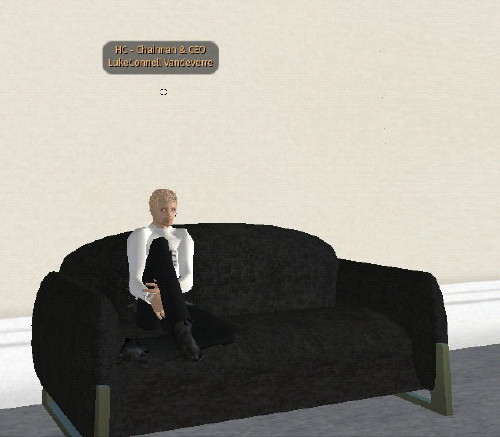Volume 1, Issue 1 of the Journal of Virtual Worlds Research is now available. It contains an extensive collection of research:
Inductive Metanomics: Economic Experiments in Virtual Worlds
Stephen A Atlas
Toward a Definition of “Virtual Worldsâ€
Mark W Bell
Cityspace, Cyberspace, and the Spatiology of Information
Michael L. Benedikt
Another Time, Another Space: Virtual Worlds, Myths and Imagination
Maria Beatrice Bittarello
Virtual World and Real World Permeability: Transference of Positive Benefits for Marginalized Gay and Lesbian Populations
Jonathan Cabiria
Meeting in the Ether: A brief history of virtual worlds as a medium for user-created events
Bruce Damer
Help – Somebody Robbed my Second Life Avatar!
James Elliott, Susan Kruck
Avatars Are For Real: Virtual Communities and Public Spheres
Eiko Ikegami, Piet Hut
Towards a Theoretically-Grounded Framework for Evaluating Immersive Business Models and Applications: Analysis of Ventures in Second Life
Kelly Lyons
A Typology of Virtual Worlds: Historical Overview and Future Directions
Paul R. Messinger, Eleni Stroulia, Kelly Lyons
The Lessons of Lucasfilm’s Habitat
Chip Morningstar, F. Randall Farmer
From a Video Game in a Virtual World to Collaborative Visual Analytic Tools
Theresa A. O’Connell, Yee-Yin Choong, John Grantham, Michael Moriarty, Wyatt Wong
Virtual communities – exchanging ideas through computer bulletin boards
Howard Rheingold
Defining Virtual Worlds and Virtual Environments
Ralph Schroeder
3D3C Real Virtual Worlds Defined: The Immense Potential of Merging 3D, Community, Creation, and Commerce
Yesha Sivan
Second Life Mixed Reality Broadcasts: A Timeline of Practical Experiments at the NASA CoLab Island
Stephanie Smith
How Open Source Software Will Affect Virtual Worlds
Francis X. Taney, Jr.
In coming weeks we’ll feature stories on some of these pieces of research but if you’ve got a spare half-day, jump in and have a read. Special mention to Amanda Salomon from Smart Internet Technology CRC at the Swinburne University of Technology, who is an Associate Editor on the Journal.






Recent Comments